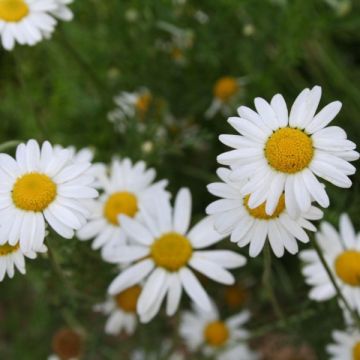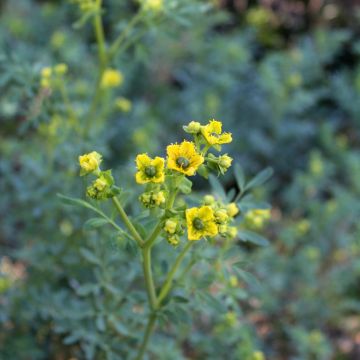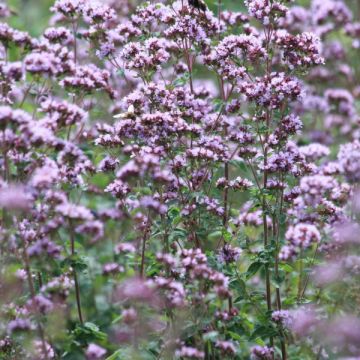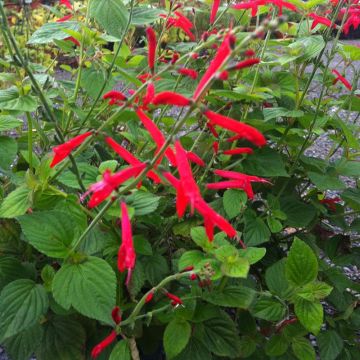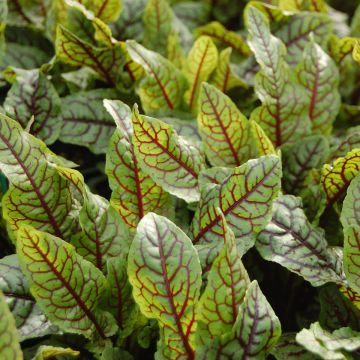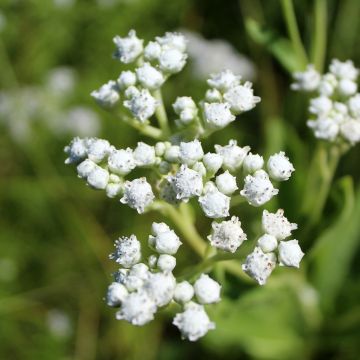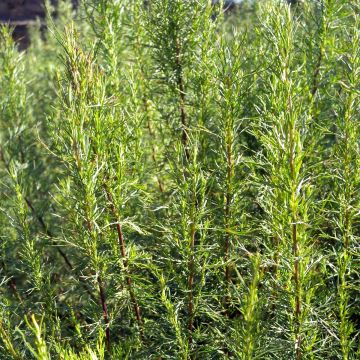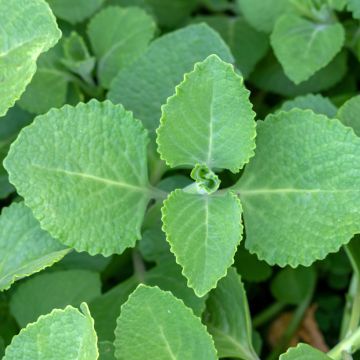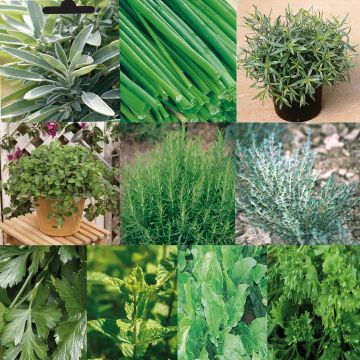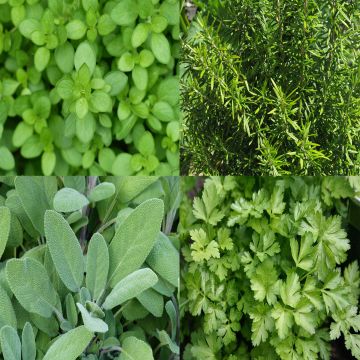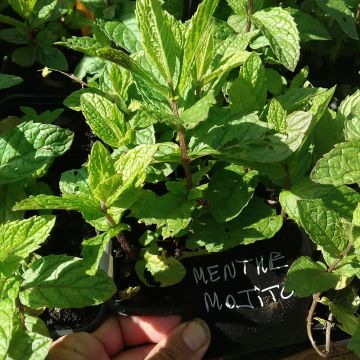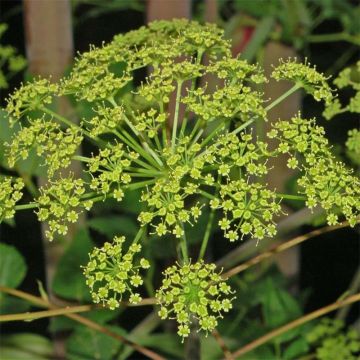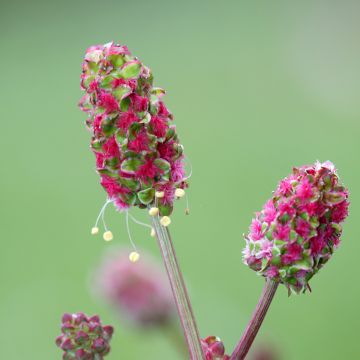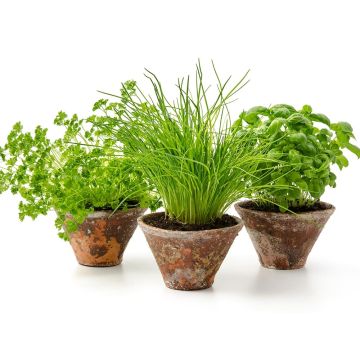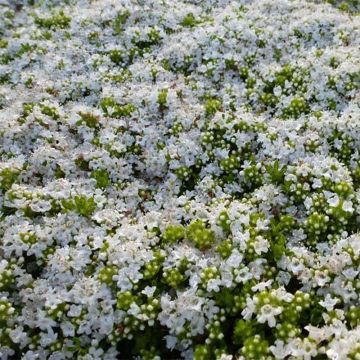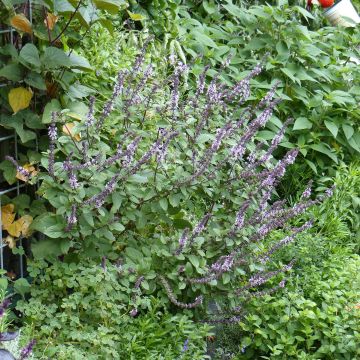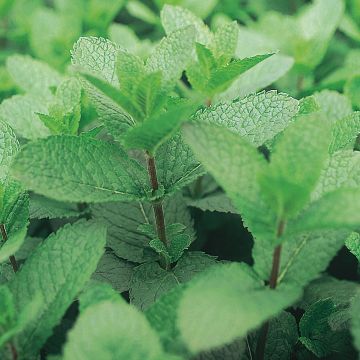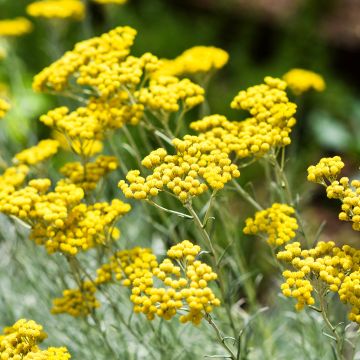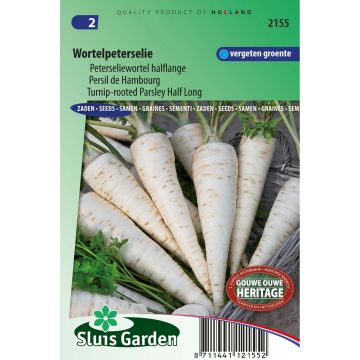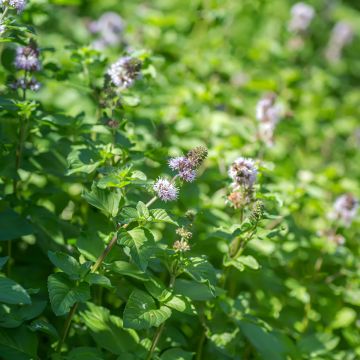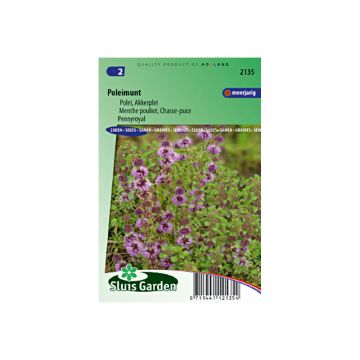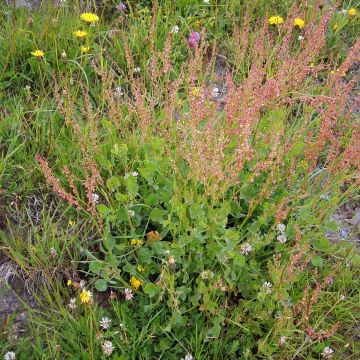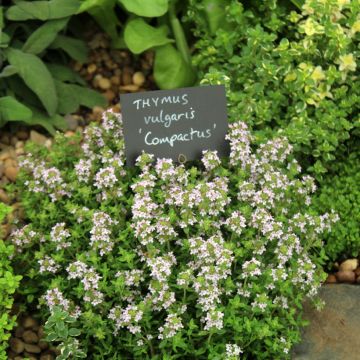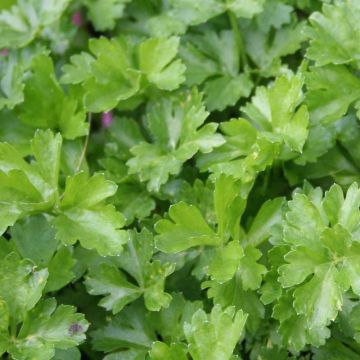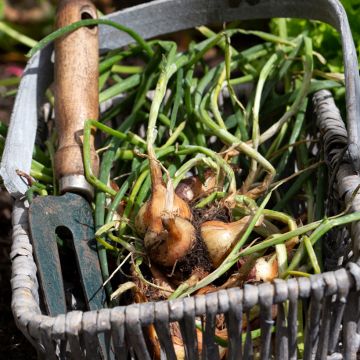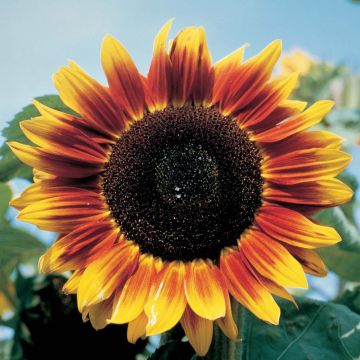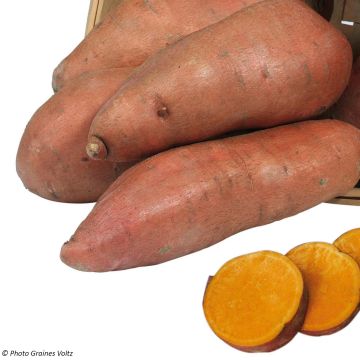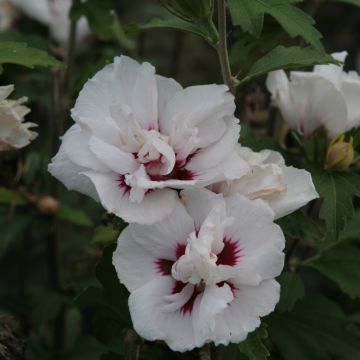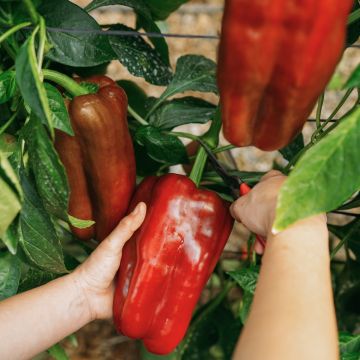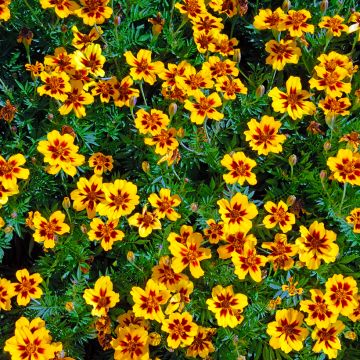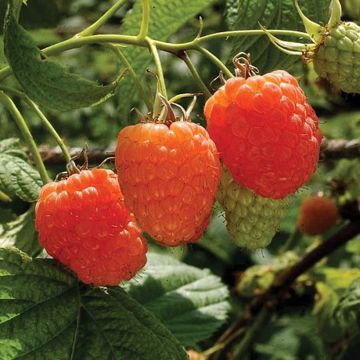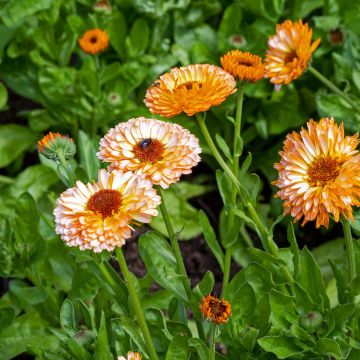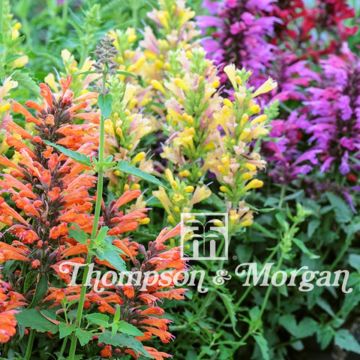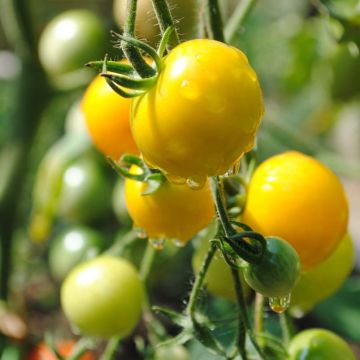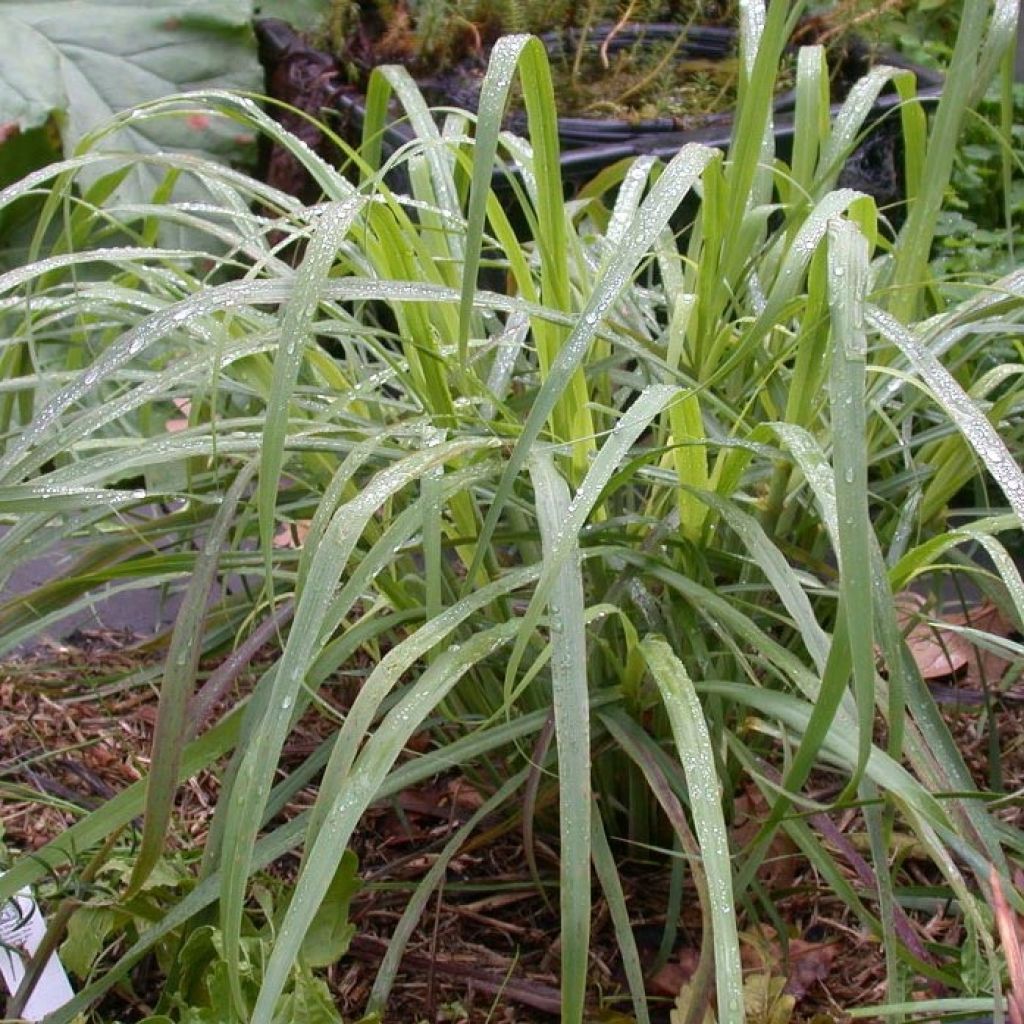

Madagascan Lemongrass plants - Cymbopogon citratus
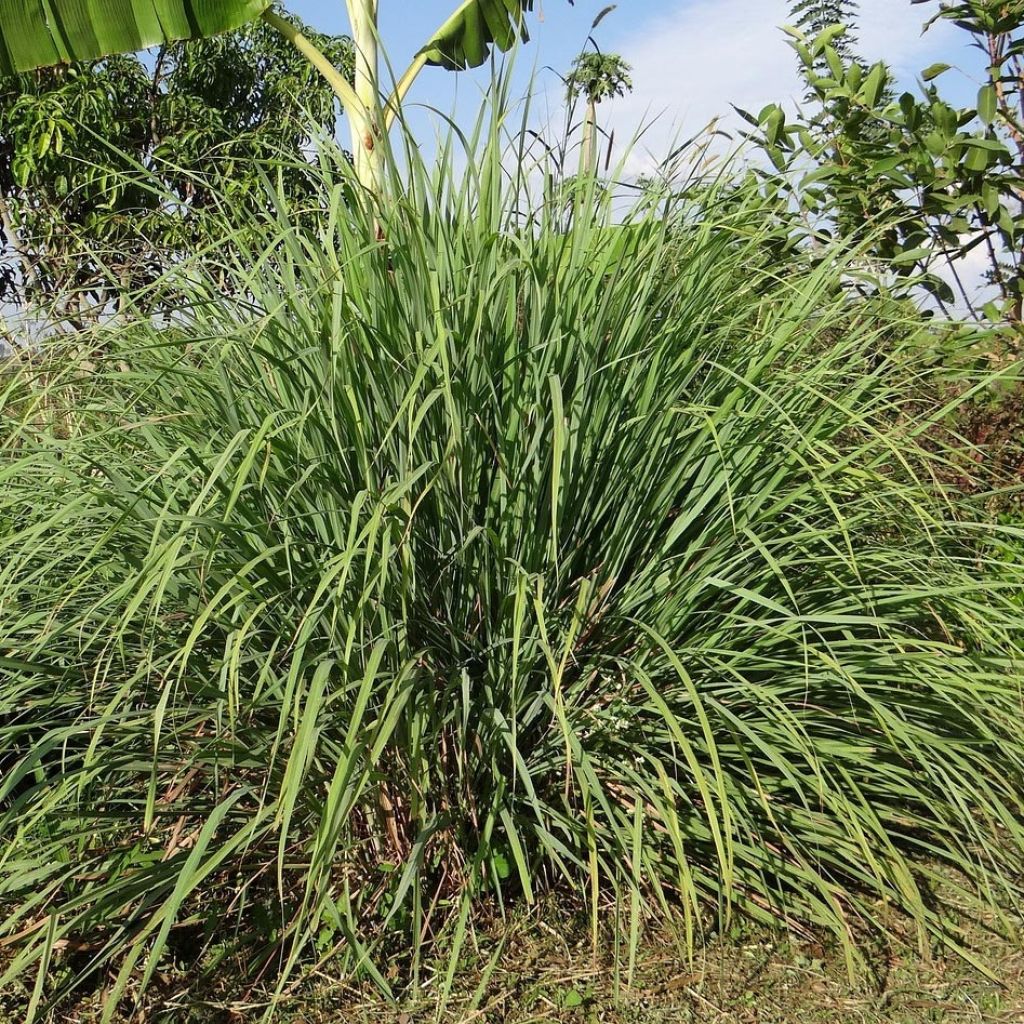

Madagascan Lemongrass plants - Cymbopogon citratus
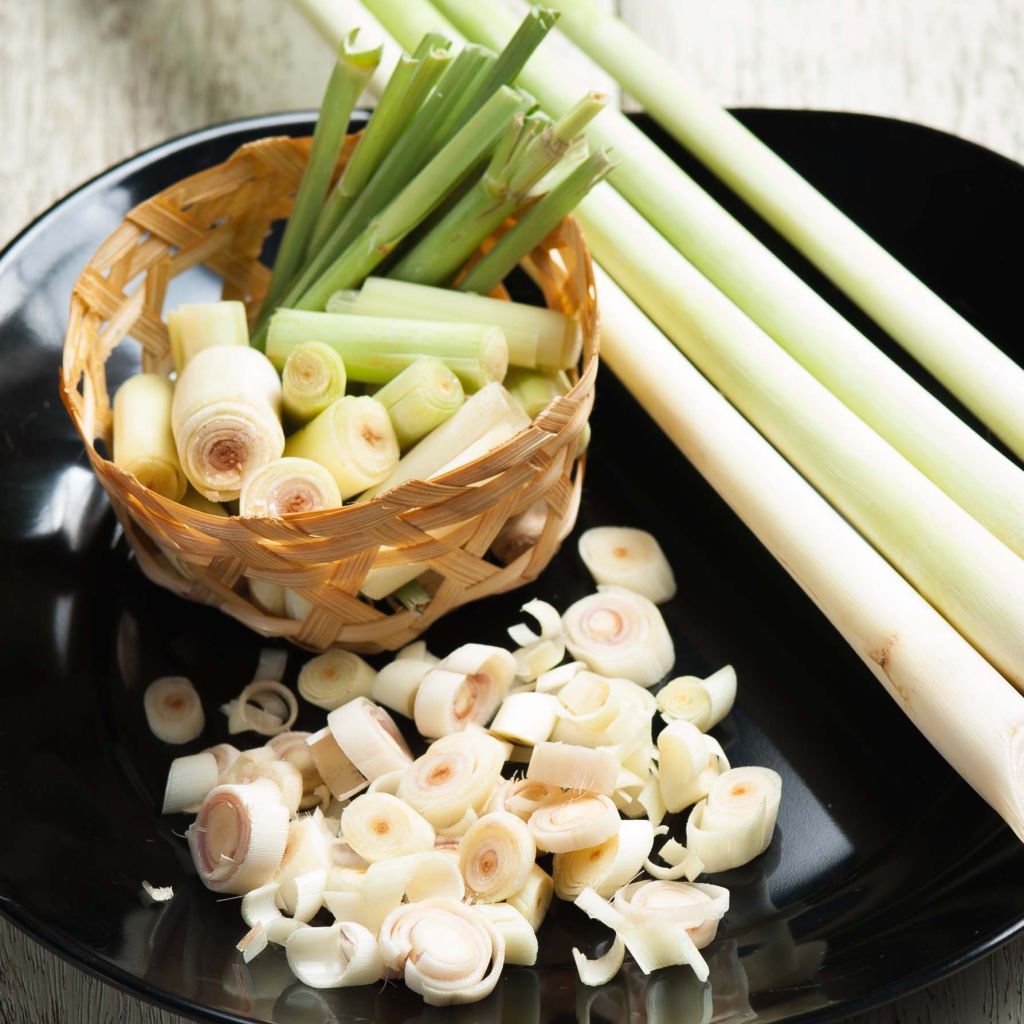

Madagascan Lemongrass plants - Cymbopogon citratus
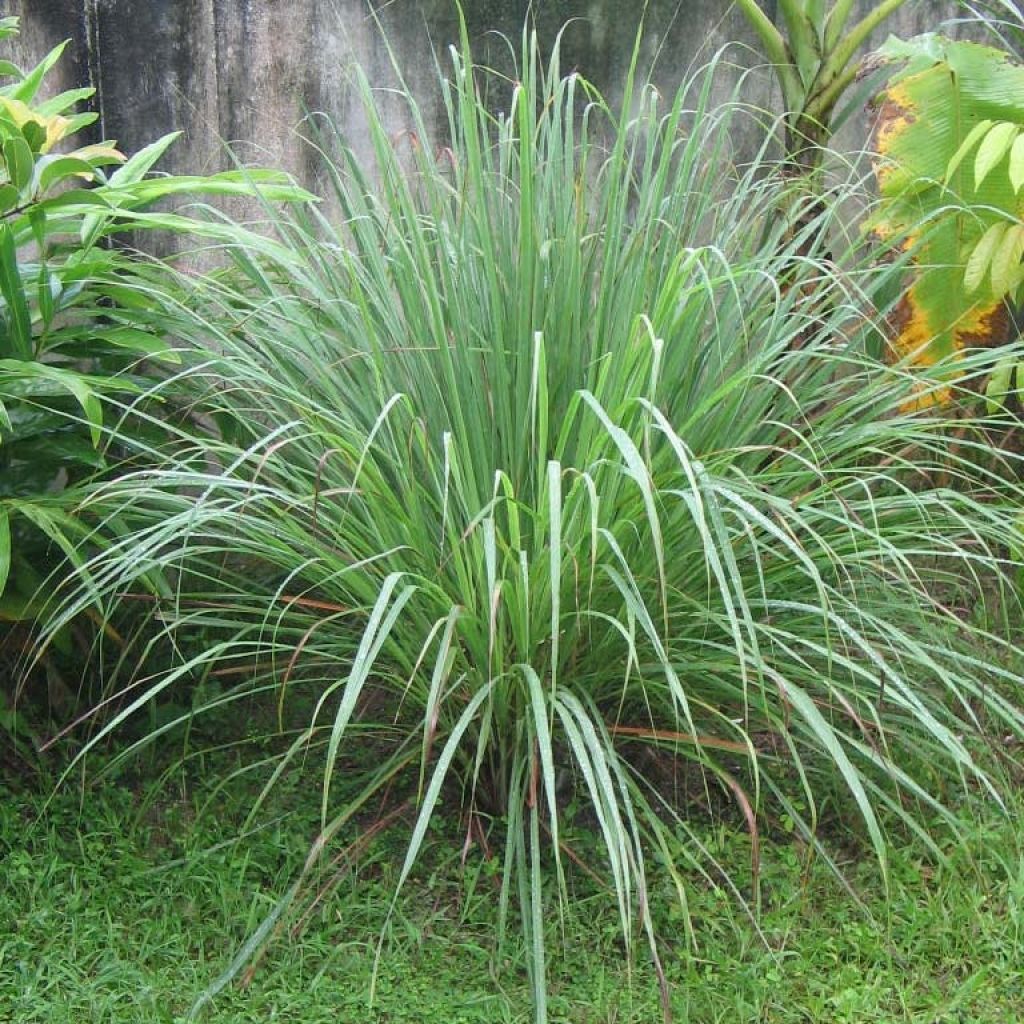

Madagascan Lemongrass plants - Cymbopogon citratus
Madagascan Lemongrass plants - Cymbopogon citratus
Cymbopogon citratus
Lemongrass, Lemon Grass, Barbed Wire Grass, Silky Heads, Citronella Grass, Cha de Dartigalongue, Fever Grass, Tanglad, Hierba Luisa, or Gavati Chahapati, Serai, Squinant
She doesn't grow too fast, but she is resilient and tough!
Caroline, 11/12/2024
Why not try an alternative variety in stock?
View all →This plant carries a 6 months recovery warranty
More information
We guarantee the quality of our plants for a full growing cycle, and will replace at our expense any plant that fails to recover under normal climatic and planting conditions.
From €5.90 for pickup delivery and €6.90 for home delivery
Express home delivery from €8.90.
From €5.90 for pickup delivery and €6.90 for home delivery
Express home delivery from €8.90.
Delivery to Corse prohibited: UE law prohibits the import of this plant from mainland France to Corse as part of the fight against Xylella fastidiosa. Please accept our sincere apologies.
More information
Description
Madagascar Lemongrass, in Latin Andropogon citratus (synonym Cymbopogon citratus), is a tender perennial grass, of tropical origin, which is mainly cultivated in pots in European climates, allowing it to be within reach during the summer, but also to be protected from cold and humidity in winter. Its deliciously lemon-scented leaves enhance many exotic specialties, especially Thai and Malaysian cuisines. It is also a medicinal plant, used in infusion for its tonic and refreshing properties, as well as in aromatherapy with Lemongrass essential oil. Planting can be done all year round, preferably from May to September.
Madagascar Lemongrass, also known as Gabon Vervain, belongs to the Poaceae family, just like couch grass and bamboo. This perennial plant forms a fairly loose clump of long linear leaves that can reach over a metre in height in a tropical climate, but no more than 70 to 80 cm (28 to 32in) when grown in a pot in our temperate regions. Its pale green leaves are linear, quite sharp, and bulbous at their bases. These are the parts that are consumed, preferably tender and fresh, finely chopped. They add flavour to many Asian dishes, especially Vietnamese ones, such as chicken or shrimp broths.
Madagascar Lemongrass is a very sensitive grass, requiring heat and water during its growing period, from spring to summer. In winter, on the other hand, the plant prefers a relatively dry substrate. Its cultivation in open ground is therefore difficult in our climates. It is mainly grown in pots as its foliage does not tolerate temperatures below 10°C (50°F). Place it outdoors during the summer and, as soon as the first frosts appear, move it indoors to a bright, well-ventilated, and sufficiently warm place (temperature above 10°C (50°F)).
This Lemongrass is sometimes confused with Lemon Verbena or Melissa officinalis, two aromatic plants with lemon scents that are nevertheless quite different.
Harvesting: Cut the leaves from May to October, according to your needs. However, wait until the 3rd or 4th year before harvesting, so that the foliage is sufficiently abundant.
Storage: Lemongrass can be stored for a few days in the refrigerator or for a few months by drying or freezing. However, it is preferable to consume it fresh to fully enjoy its aroma.
The gardener's little tip: In summer, place your pot on the terrace, the lemongrass will keep mosquitoes away!
Report an error about the product description
Madagascan Lemongrass plants - Cymbopogon citratus in pictures
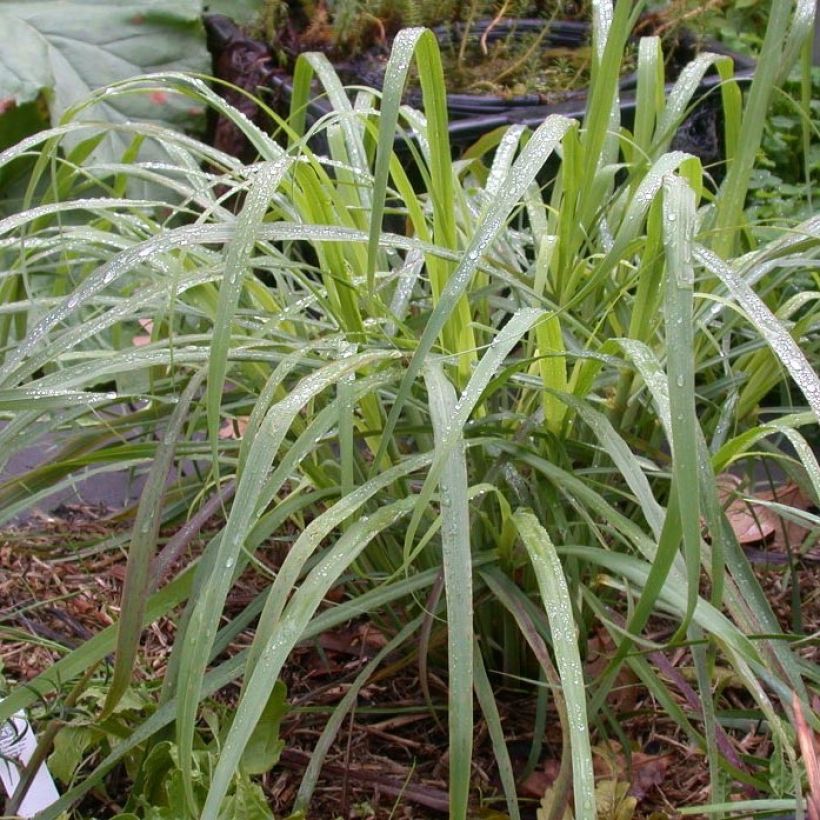

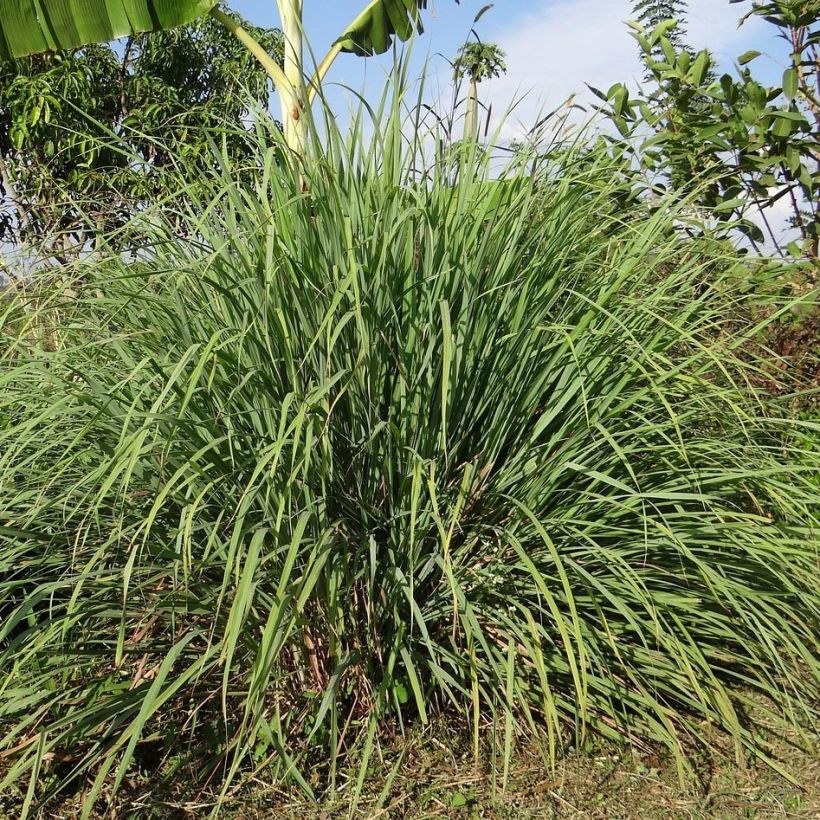

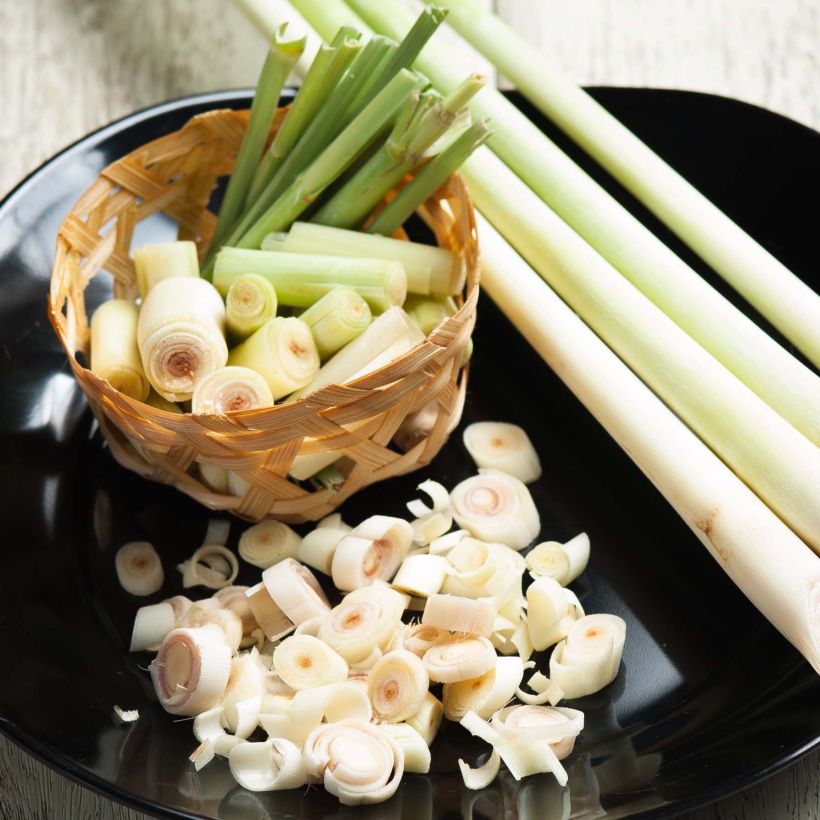

Harvest
Plant habit
Foliage
Other Herbs A to Z
Planting and care
Planting can be done all year round but is preferable in spring and summer, from May to September approximately.
Take a pot of at least 30 cm (12in) in diameter and fill it with potting soil to which you will add a small amount of sand. Place the root ball, cover with soil and tamp down firmly.
Water regularly in spring and summer, then occasionally in autumn. Reduce watering in winter. Apply a balanced organic fertiliser throughout the growth period, from April to August.
Before planting your plants outdoors, it is advisable to gradually acclimatize them by exposing them to outdoor conditions for about ten days. In autumn, bring the pots indoors to a bright, well-ventilated place with a temperature above 10°C (50°F). Prune the dry stems at the end of winter.
The plants should be regularly repotted according to their growth. You can propagate them in summer by dividing clumps.
Cultivation
Care
Intended location
-
, onOrder confirmed
Reply from on Promesse de fleurs
Themed vegetable gardens
Haven't found what you were looking for?
Hardiness is the lowest winter temperature a plant can endure without suffering serious damage or even dying. However, hardiness is affected by location (a sheltered area, such as a patio), protection (winter cover) and soil type (hardiness is improved by well-drained soil).

Photo Sharing Terms & Conditions
In order to encourage gardeners to interact and share their experiences, Promesse de fleurs offers various media enabling content to be uploaded onto its Site - in particular via the ‘Photo sharing’ module.
The User agrees to refrain from:
- Posting any content that is illegal, prejudicial, insulting, racist, inciteful to hatred, revisionist, contrary to public decency, that infringes on privacy or on the privacy rights of third parties, in particular the publicity rights of persons and goods, intellectual property rights, or the right to privacy.
- Submitting content on behalf of a third party;
- Impersonate the identity of a third party and/or publish any personal information about a third party;
In general, the User undertakes to refrain from any unethical behaviour.
All Content (in particular text, comments, files, images, photos, videos, creative works, etc.), which may be subject to property or intellectual property rights, image or other private rights, shall remain the property of the User, subject to the limited rights granted by the terms of the licence granted by Promesse de fleurs as stated below. Users are at liberty to publish or not to publish such Content on the Site, notably via the ‘Photo Sharing’ facility, and accept that this Content shall be made public and freely accessible, notably on the Internet.
Users further acknowledge, undertake to have ,and guarantee that they hold all necessary rights and permissions to publish such material on the Site, in particular with regard to the legislation in force pertaining to any privacy, property, intellectual property, image, or contractual rights, or rights of any other nature. By publishing such Content on the Site, Users acknowledge accepting full liability as publishers of the Content within the meaning of the law, and grant Promesse de fleurs, free of charge, an inclusive, worldwide licence for the said Content for the entire duration of its publication, including all reproduction, representation, up/downloading, displaying, performing, transmission, and storage rights.
Users also grant permission for their name to be linked to the Content and accept that this link may not always be made available.
By engaging in posting material, Users consent to their Content becoming automatically accessible on the Internet, in particular on other sites and/or blogs and/or web pages of the Promesse de fleurs site, including in particular social pages and the Promesse de fleurs catalogue.
Users may secure the removal of entrusted content free of charge by issuing a simple request via our contact form.
The flowering period indicated on our website applies to countries and regions located in USDA zone 8 (France, the United Kingdom, Ireland, the Netherlands, etc.)
It will vary according to where you live:
- In zones 9 to 10 (Italy, Spain, Greece, etc.), flowering will occur about 2 to 4 weeks earlier.
- In zones 6 to 7 (Germany, Poland, Slovenia, and lower mountainous regions), flowering will be delayed by 2 to 3 weeks.
- In zone 5 (Central Europe, Scandinavia), blooming will be delayed by 3 to 5 weeks.
In temperate climates, pruning of spring-flowering shrubs (forsythia, spireas, etc.) should be done just after flowering.
Pruning of summer-flowering shrubs (Indian Lilac, Perovskia, etc.) can be done in winter or spring.
In cold regions as well as with frost-sensitive plants, avoid pruning too early when severe frosts may still occur.
The planting period indicated on our website applies to countries and regions located in USDA zone 8 (France, United Kingdom, Ireland, Netherlands).
It will vary according to where you live:
- In Mediterranean zones (Marseille, Madrid, Milan, etc.), autumn and winter are the best planting periods.
- In continental zones (Strasbourg, Munich, Vienna, etc.), delay planting by 2 to 3 weeks in spring and bring it forward by 2 to 4 weeks in autumn.
- In mountainous regions (the Alps, Pyrenees, Carpathians, etc.), it is best to plant in late spring (May-June) or late summer (August-September).
The harvesting period indicated on our website applies to countries and regions in USDA zone 8 (France, England, Ireland, the Netherlands).
In colder areas (Scandinavia, Poland, Austria...) fruit and vegetable harvests are likely to be delayed by 3-4 weeks.
In warmer areas (Italy, Spain, Greece, etc.), harvesting will probably take place earlier, depending on weather conditions.
The sowing periods indicated on our website apply to countries and regions within USDA Zone 8 (France, UK, Ireland, Netherlands).
In colder areas (Scandinavia, Poland, Austria...), delay any outdoor sowing by 3-4 weeks, or sow under glass.
In warmer climes (Italy, Spain, Greece, etc.), bring outdoor sowing forward by a few weeks.

































